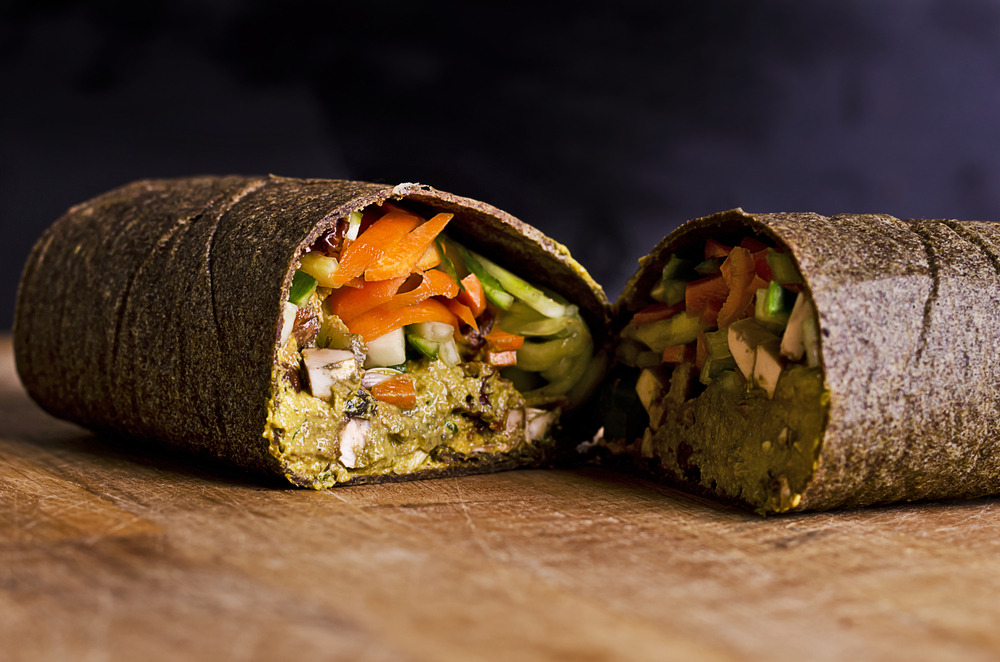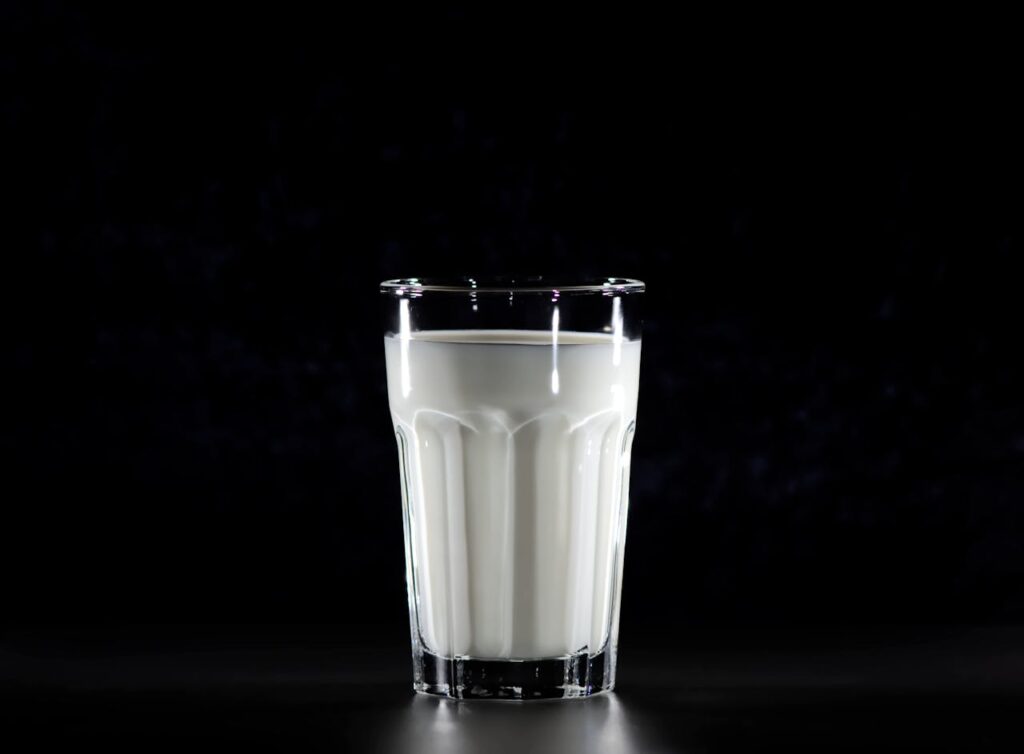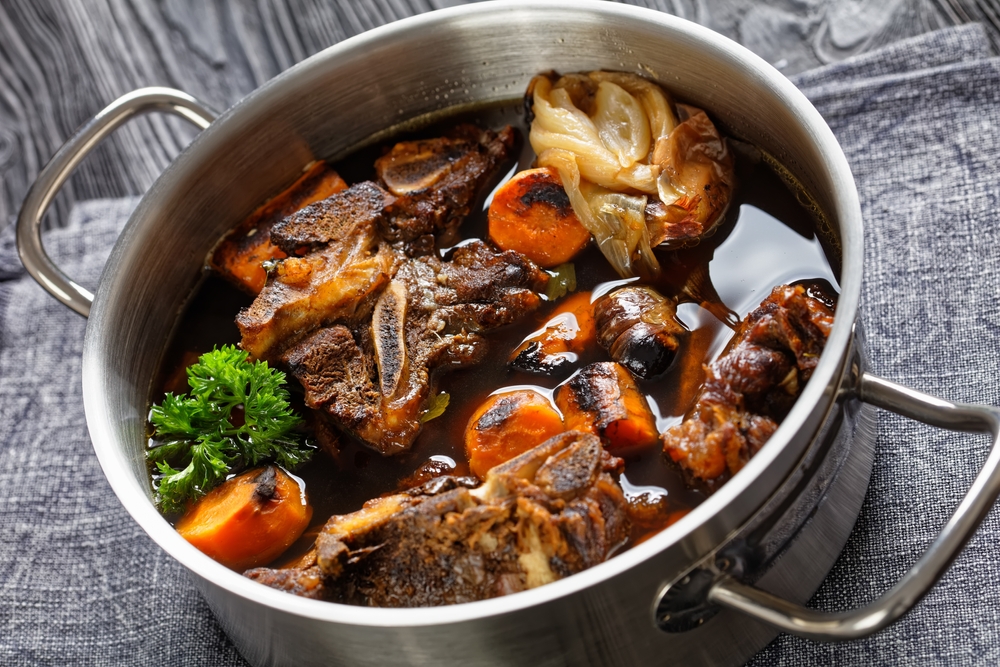In the realm of health advice, numerous myths persist despite advancements in scientific understanding. This article delves into common misconceptions about health, highlighting how scientific research has debunked many long-standing beliefs. By examining these myths through a scientific lens, readers can gain a clearer understanding of what truly promotes well-being and make informed decisions about their health.
The “8 Glasses of Water a Day” Myth

This myth stems from a misunderstanding of hydration needs. The “eight glasses” recommendation doesn’t consider factors like climate, activity level, and individual health conditions that affect water requirements. Scientifically, the body’s hydration needs vary widely, and a more accurate approach involves listening to your body’s thirst signals and consuming water accordingly. Adequate hydration is vital for overall health, but the specific amount varies for each person.
The “Cracking Knuckles Causes Arthritis” Myth

Contrary to popular belief, cracking your knuckles doesn’t lead to arthritis. The sound results from gas bubbles in the synovial fluid within joints, not from bones rubbing together. Multiple studies have found no evidence linking knuckle cracking to arthritis development. This myth likely persists due to the association between joint sounds and joint problems, but in reality, knuckle cracking is harmless in terms of joint health.
The “Eating Late at Night Causes Weight Gain” Myth

Weight gain is determined by overall calorie intake and expenditure, not solely by the timing of meals. While eating excessively late at night can contribute to weight gain due to increased calorie intake, it’s not the timing itself that causes the gain. What matters more is the total amount of calories consumed throughout the day and how they align with your energy needs.
The “Sugar Causes Hyperactivity in Children” Myth

This myth has been debunked by numerous scientific studies. While sugar can temporarily increase energy levels, it doesn’t cause sustained hyperactivity or ADHD-like symptoms in children. The perception of sugar leading to hyperactivity likely stems from anecdotal observations rather than empirical evidence. A balanced diet, including moderate sugar consumption, is generally not linked to behavioral issues in children.
The “Detox Diets Cleanse Toxins from the Body” Myth

Detox diets often promote the idea of eliminating toxins from the body, but this concept lacks scientific support. The body has its natural detoxification systems, primarily the liver and kidneys, which efficiently remove toxins without the need for special diets. Many detox diets are based on restrictive eating patterns and can lead to nutrient deficiencies and other health risks rather than improving detoxification processes.
The “You Lose Most of Your Body Heat Through Your Head” Myth

This myth likely originated from a misinterpretation of old military studies. While it’s true that heat loss can occur through any exposed body part, the head doesn’t lose a disproportionately large amount of heat compared to other areas. Wearing a hat in cold weather can help retain some heat, but it’s not the primary source of heat loss prevention. Proper clothing and overall body insulation are more effective in maintaining body temperature.
The “Fat-Free Foods Are Always Healthier” Myth

Fat-free or low-fat foods are often perceived as healthier choices, but this overlooks other nutritional factors. Many fat-free products compensate for the reduced fat content by adding sugars, artificial additives, or higher levels of refined carbohydrates. These can contribute to issues like insulin spikes, increased calorie intake, and potential nutrient imbalances. The focus should be on overall nutritional quality rather than just fat content.
The “Eating Carbs Makes You Fat” Myth

Carbohydrates are a crucial source of energy for the body, and demonizing them as a cause of weight gain oversimplifies the issue. Weight gain is primarily influenced by consuming more calories than the body needs, regardless of whether those calories come from carbs, fats, or proteins. The key is to choose complex carbohydrates from whole foods sources like fruits, vegetables, and whole grains, which offer fiber and essential nutrients along with energy.
The “You Need to Sweat a Lot to Get a Good Workout” Myth

Sweat production during exercise is influenced by factors like environmental temperature, intensity of exercise, and individual differences in sweating rates. The amount you sweat is not a reliable indicator of the effectiveness of your workout. A good workout is one that challenges your cardiovascular system, builds strength or endurance, and aligns with your fitness goals, regardless of how much you sweat.
The “Stretching Prevents Injury” Myth

While stretching can improve flexibility and range of motion, its role in preventing injuries is often overstated. Static stretching before exercise may not significantly reduce the risk of injury, and dynamic warm-ups and proper technique are more crucial in injury prevention. Overstretching or stretching cold muscles can even lead to injuries. Incorporating a balanced warm-up routine and listening to your body’s limits are key to injury prevention during physical activity.
The “You Can ‘Boost’ Your Immune System Overnight” Myth

Immune system health is influenced by various factors, including genetics, age, lifestyle choices, and environmental factors. Quick fixes or overnight immune boosts are unrealistic. Instead, maintaining a healthy lifestyle with regular exercise, balanced nutrition, adequate sleep, stress management, and vaccinations where applicable supports optimal immune function over time.
The “Eating Fat Makes You Fat” Myth

This myth oversimplifies the role of fats in the diet. While excess calorie intake, regardless of the source, can contribute to weight gain, healthy fats are essential for overall health. Unsaturated fats, found in sources like avocados, nuts, and olive oil, support heart health, hormone production, and nutrient absorption. The key is to consume fats in moderation and focus on healthy sources as part of a balanced diet.
The “Using a Tanning Bed is Safer Than Sun Exposure” Myth

Both natural sunlight and tanning beds expose the skin to harmful UV radiation, increasing the risk of skin cancer and premature aging. Tanning beds emit concentrated UV rays, often at levels higher than natural sunlight, making them particularly risky. There is no safe way to use tanning beds, and alternatives like self-tanning products or bronzing lotions are safer options for achieving a tan appearance.
The “No Pain, No Gain” Myth

This phrase implies that experiencing pain during exercise is necessary for progress, which can be misleading and potentially harmful. Pain during exercise can indicate issues such as improper form, overtraining, or underlying injuries. Pushing through severe pain can lead to worsened injuries and setbacks in fitness goals. It’s important to differentiate between discomfort associated with challenging workouts and actual pain that signals potential harm.
The “Vegetarians Don’t Get Enough Protein” Myth

A well-planned vegetarian or vegan diet can provide all essential nutrients, including protein, without the need for animal products. Plant-based protein sources like legumes, tofu, tempeh, seitan, nuts, seeds, and whole grains offer a variety of amino acids necessary for overall health. Proper meal planning and variety ensure that vegetarians can meet their protein needs and maintain optimal health.
The “Cell Phones Cause Brain Cancer” Myth

Extensive research, including epidemiological studies and meta-analyses, has not found a consistent link between cell phone use and brain cancer. The low levels of radiofrequency energy emitted by cell phones are generally considered safe based on current scientific understanding. However, ongoing research continues to monitor potential long-term effects, and precautionary measures such as using hands-free devices or limiting cell phone use can be prudent.
The “Milk Builds Strong Bones” Myth

While milk and dairy products are sources of calcium and vitamin D, which are important for bone health, they are not the only factors influencing bone strength. Bone health is also affected by overall diet quality, physical activity, genetics, hormonal factors, and other nutrients like magnesium and vitamin K. Consuming adequate calcium and vitamin D from various sources, including dairy alternatives for those who are lactose intolerant or vegan, supports bone health along with a balanced diet and active lifestyle.
The “More Protein Equals More Muscle” Myth

While protein is essential for muscle growth and repair, excessively high protein intake doesn’t automatically translate to more muscle mass. Muscle growth depends on various factors such as overall calorie intake, exercise intensity, training volume, protein quality, and timing of protein consumption. Consuming the right amount of protein, typically within a range of 1.2 to 2.2 grams per kilogram of body weight per day depending on individual needs and goals, supports muscle maintenance and growth when combined with appropriate exercise and nutrition.
The “You Can’t Exercise If You’re Sick” Myth

Mild to moderate physical activity can be beneficial for overall health and immune function, even when you’re experiencing mild illness such as a cold. Exercise can help improve circulation, boost mood, reduce stress, and support immune system function. However, it’s crucial to listen to your body and avoid vigorous or strenuous exercise if you’re severely ill or experiencing symptoms like fever, fatigue, or respiratory issues. Rest and recovery are also essential for allowing the body to heal.
The “All Calories Are Equal” Myth

While calories are a measure of energy, not all calories are metabolized or utilized the same way by the body. The quality of calories, including the source of those calories and accompanying nutrients, influences metabolic processes, satiety, energy expenditure, and overall health outcomes. Nutrient-dense foods that provide essential vitamins, minerals, fiber, and healthy fats along with calories offer greater nutritional value and support optimal health compared to calorie-dense but nutrient-poor foods.
The “Eating Small Meals Throughout the Day Boosts Metabolism” Myth

Meal frequency and timing have minimal impact on metabolic rate for most individuals. The body’s metabolism is primarily influenced by factors such as age, gender, body composition, physical activity level, genetics, and hormonal regulation. While some people may prefer smaller, more frequent meals for appetite control or energy distribution, others may thrive on larger, less frequent meals or intermittent fasting patterns. The key is to find a meal pattern that aligns with individual preferences, lifestyle, and overall nutrient intake.
The “You Can Spot Reduce Fat” Myth

pot reduction refers to the idea that exercising specific body parts will result in targeted fat loss in those areas. However, fat loss occurs systematically across the body based on overall energy balance and genetics, not through localized exercises. Strength training and cardiovascular exercise contribute to overall fat loss and muscle toning, but they don’t selectively target specific areas for fat reduction. A comprehensive approach including a balanced diet, regular exercise, and healthy lifestyle habits is key to achieving overall body composition goals.
This article originally appeared on UnifyCosmos.
More from UnifyCosmos
20 Photography Gear Recommendations from the Experts

In the world of professional photography, the right gear is crucial for capturing stunning images. This article explores the top 20 photography gear essentials as recommended by seasoned professionals, encompassing everything from cameras and lenses to vital accessories. Read More
20 Iconic Fashion Moments That Changed the Industry

Fashion is an ever-evolving landscape, shaped by moments that leave a lasting impact on the industry. Throughout history, certain iconic fashion moments have not only defined eras but have also set new standards and trends, influencing designers and fashion enthusiasts worldwide. Read More
20 Premier Rock Climbing Destinations in the U.S.

Rock climbing enthusiasts are always on the lookout for new and thrilling challenges. The United States, with its diverse landscapes and iconic rock formations, offers some of the best climbing destinations in the world. Read More
Leave a Reply